Hellenistic
Zilversmit Bood, Morad Bouchakour, Tim Gutt, Juul Hondius, Frank Kok, Phoebe Maas, Freya Maes, Thomas Manneke, Ania Rachmat, Julika Rudelius, Stephanie Saelman, Marike Schuurman, Andrea StultinsCurator: Bernie Deekens
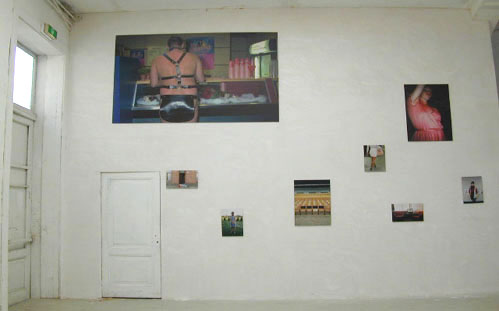

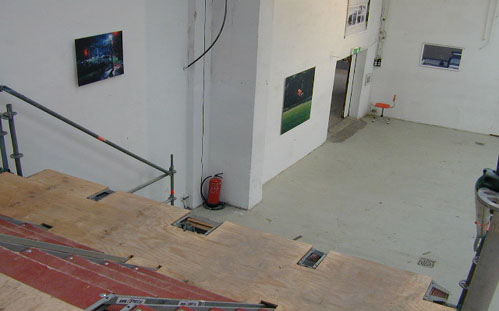
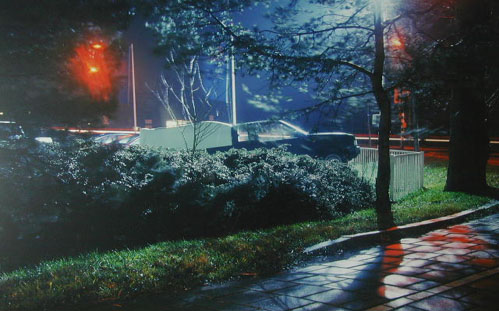


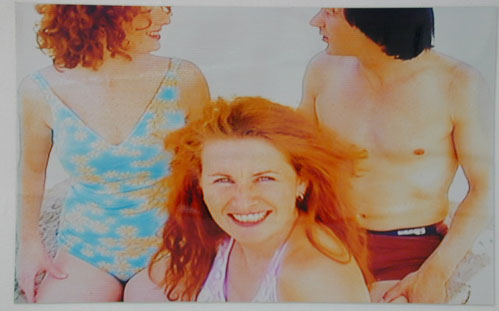
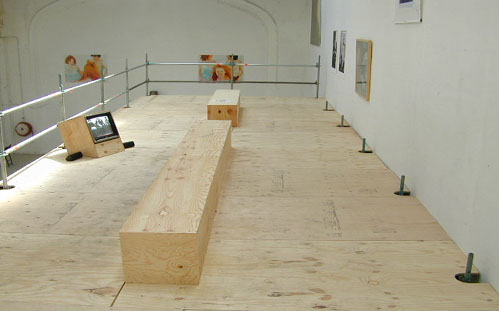

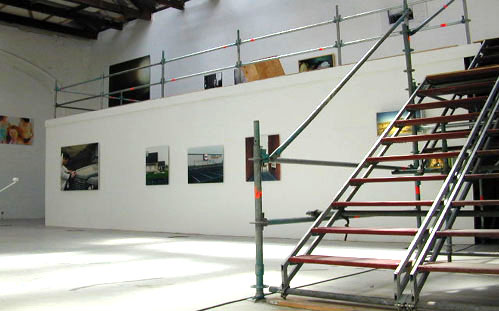

Can photography reveal reality? To just what degree does a photograph reflect reality and whose reality is it anyway? The fourteen photographers showing work in Hellenistic present their own versions of reality.
More specifically, they are interested in giving a subjective interpretation of the reality that surrounds them. Who or what is a photographer and what is so fascinating about the photographed image? In the rear space, fourteen photographers present their work. Each artist presents a number of images, partly to ‘open’ their fascinations and to do justice to the different visual languages.
Hellenistic shows that people consistently play an important role – because they are literally present of because of their absence. Because absence can also create the impression of human presence.
This can be seen in the work of Frank Kok whose taut images show how man forms his environment. Or in the work of Tim Gutt whose night photos approach inside / outside as an inversion, their confusion about human presence or absence imposing an alienating atmosphere. As borders and dividing lines blur and the world becomes increasingly open, feelings of unrest and doubt surface. In this sense, we can compare our era with that of Hellenism. This confusion and quest for our place in the world are synonyms. Hellenestic reveals these states of mind, felt by man and culture. A location in different visual languages.
During her travels, Ania Rachmat photographs herself in a landscape, bringing together countries and places in such a way as to create confusion about the location – as though you have the power to determine where you are or want to be. Juul Hondius translates memories of tense situations experienced during wanderings in Europe into glossy photos. The almost monochrome photos of Marike Schuurman show quiet, unclear actions of almost absent human beings. Phoebe Maas, by contrast, uses powerful colours to strengthen the photographed situation. In her videos, Julika Rudelius plays with human relationships and hierarchies and Esther Zilversmit & Appie Bood make video and photographic images of themselves in relation to and in relation with others.
That everyone derives meaning and identity from his or her environment and the existence of other people is the driving force of Andrea Stultiëns’ work, while Morad Bouchakours’ photos show the purity and authenticity of mankind. The work of Freya Maes evokes the suggestion that the absurd and trivial simply exists, but her photos are anything but self-evident. Like Thomas Manneke, whose work arouses the expectation that the images speak for themselves. But by hanging two photos next to each other – that otherwise have nothing in common – one image nonetheless influences and changes the other. Stephanie Saelman photographs flowers in such minute detail that their vulnerability leaves an indelible impression.
Hellenistic is a collection of photos and photographic images that together show the narrative world of the image in one reality.